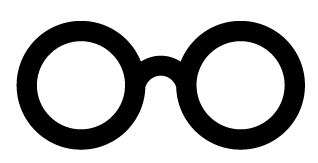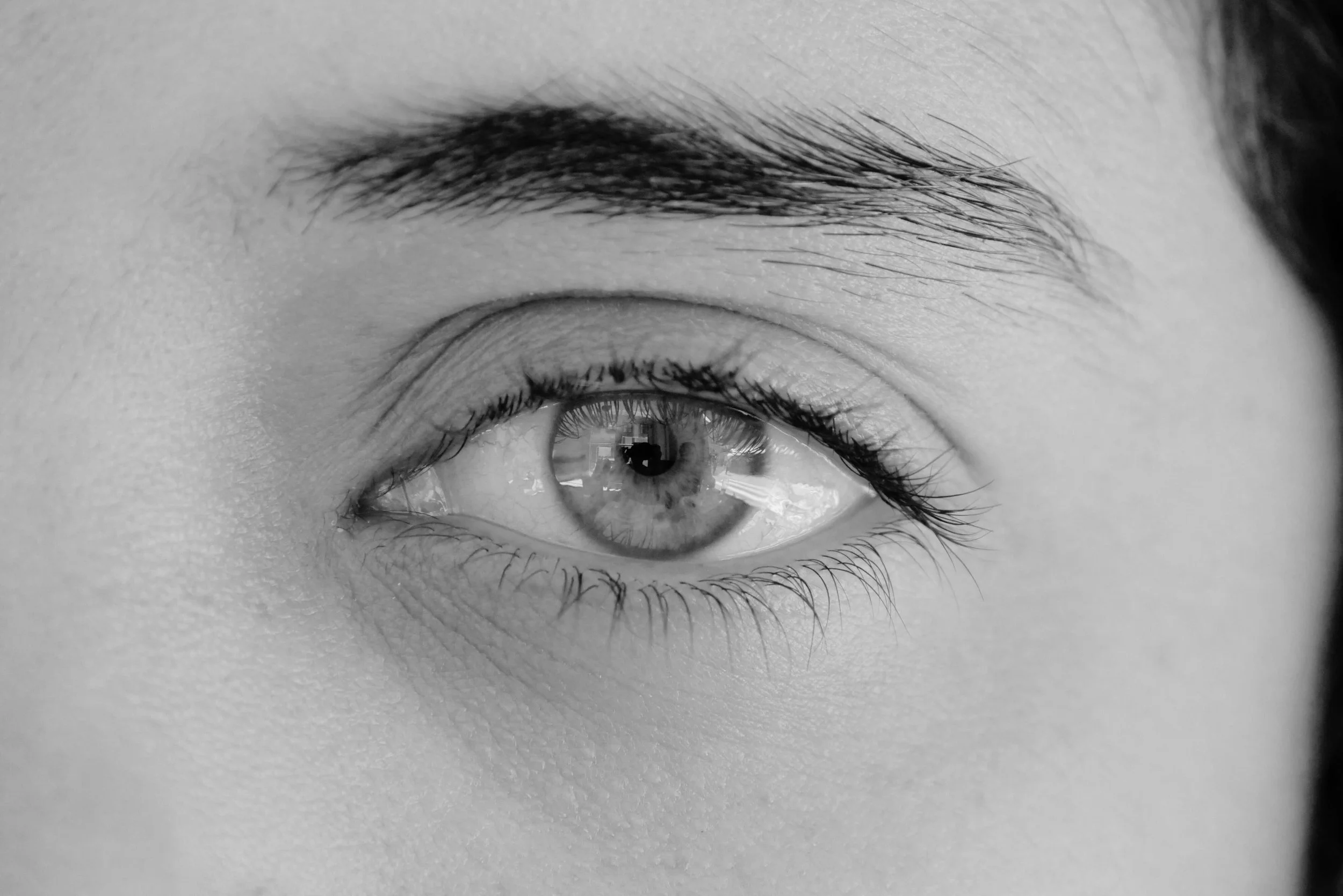Astigmatism is a common condition that makes vision blurry or distorted at any distance. It happens when the front surface of the eye isn’t perfectly round, causing light to bend unevenly as it enters the eye.
If you’ve just been told you have astigmatism or you’re trying to understand your glasses prescription, this guide will help. We’ll explain how glasses correct astigmatism, what lens options are available, and what to expect when adjusting to new glasses. We’ll also go over key terms like CYL and Axis in a simple way.
Here are a few questions we’ll cover:
Can regular glasses fix astigmatism?
What should you expect during the adjustment period?
Let’s make it easier to understand your vision.
What Is Astigmatism?
Astigmatism is caused by an irregular shape of the eye’s front surface (cornea) or lens. Instead of being round like a basketball, the eye may be shaped more like a football. That shape of the eye bends light unevenly, which causes blurry vision.
Signs You Might Have Astigmatism
Things look blurry or stretched out
Eye strain after reading or using screens
Headaches after focusing for a long time
Night driving feels uncomfortable
You squint to try and see clearly
Even a mild astigmatism can lead to discomfort if left uncorrected. And because these signs can also happen with other vision problems, it’s important to get an eye exam regularly.
How Doctors Classify Astigmatism
| Severity | CYL Value | What It Feels Like |
|---|---|---|
| Mild | 0.25 – 1.00 | Slight blur; often goes unnoticed |
| Moderate | 1.00 – 2.00 | Noticeable blur and eye strain |
| Severe | 2.00+ | Vision stays blurry even with effort |
How Glasses Correct Astigmatism (CYL, Axis & SPH Made Simple)
Astigmatism needs a special type of lens called a cylindrical lens. It bends light more in one direction to correct the uneven curve of your eye.
Let’s Decode Your Prescription
If your prescription looks confusing, here’s what the numbers mean:
| Term | What It Means | What It Does |
|---|---|---|
| SPH | Sphere | Corrects overall nearsightedness or farsightedness |
| CYL | Cylinder | Shows how much astigmatism you have |
| Axis | Angle from 1 to 180° | Tells the lens where to put the correction |
Example: SPH: -1.75 — CYL: -1.00 — Axis: 90° This means the lens corrects both nearsightedness and astigmatism at the 90° angle.
Even small changes in Axis or CYL can affect clarity, which is why glasses need to be accurately made and fitted.
Lens Options at a Glance
Single-Vision vs. Progressive Lenses
| Feature | Single-Vision | Progressive |
|---|---|---|
| Best For | One distance (near or far) | All distances (far, middle, near) |
| Age Group | Under 40 or no reading issues | Over 40 with reading difficulty |
| Visual Comfort | Very good | Very good after brief adjustment |
| Ease of Use | Simple | Needs 1–2 weeks to adjust |
Optional Add-Ons That Help
| Feature | Benefit |
|---|---|
| High-Index Lenses | Thinner and lighter lenses for strong prescriptions |
| Photochromic | Lenses that darken in sunlight |
Combining the right options makes glasses more comfortable and effective. For example, if you're curious about lenses that adjust to light and offer full-distance correction, check out our article on:
Coatings & Treatments That Improve Vision
| Coating | What It Does |
|---|---|
| Anti-Reflective | Cuts down on glare and reflections |
| Scratch-Resistant | Protects lenses from daily wear |
| UV Protection | Shields eyes from sun damage |
| Blue-Light Filter | Helps reduce fatigue from screens |
| Hydrophobic Coating | Repels water, dust, and smudges |
These coatings are especially helpful if you wear your glasses every day or spend time on screens. If you're curious about which ones are truly worth it, check out these related articles:
Glasses vs. Contacts vs. LASIK
| Option | Pros | Cons |
|---|---|---|
| Glasses | Easy to use, customizable, no direct eye contact | Can fog up, depends on proper frame fit |
| Toric Contacts | Full field of vision, good for active lifestyles | Can shift, require hygiene, not for dry eyes |
| LASIK | Long-term solution, no glasses needed | Not everyone qualifies, surgery costs + healing |
Glasses remain the safest and most flexible option for most people.
Online vs. In-Store
| Factor | In-Store | Online |
|---|---|---|
| Lens Quality | Custom-fitted, high quality | Varies; may use basic lenses |
| Fit & Adjustment | Done by an optician | DIY only |
| Aftercare | In-person support | Often limited |
For astigmatism, professional fitting is recommended to ensure the lens works properly.
FAQs
Can regular glasses fix astigmatism? No. Glasses need a cylindrical lens to correct astigmatism.
Do blue-light glasses help? They don’t correct astigmatism but reduce screen-related fatigue.
How long does it take to adjust to new glasses? Most people adjust in a few days. Some may need 1–2 weeks.
Can kids wear glasses for astigmatism? Yes. Correcting astigmatism early helps prevent long-term issues.
Ready to See Clearly?
If you’re dealing with blurry vision, frequent eye strain, or a prescription that includes astigmatism, the right pair of glasses can make all the difference. But it’s not just about getting the right numbers—it’s about having lenses that are precisely fitted, frames that suit your lifestyle, and coatings that make daily wear more comfortable.
At Chinook Optical, we specialize in high-performance lenses and expert fittings tailored for astigmatism. Our licensed opticians will walk you through your lens options, help you choose the right frame, and make sure your glasses are calibrated for clear, consistent vision.
Let’s make your next pair your best yet.

